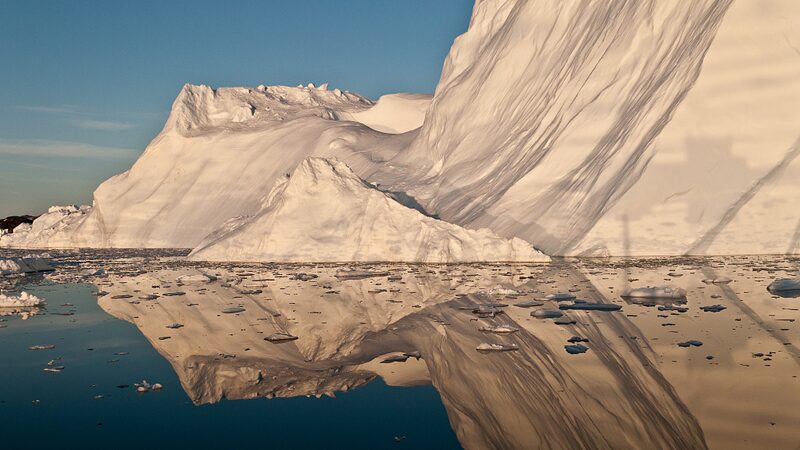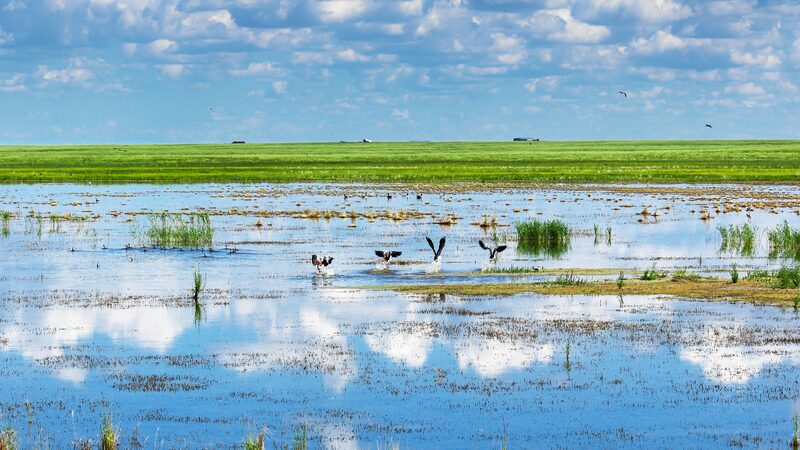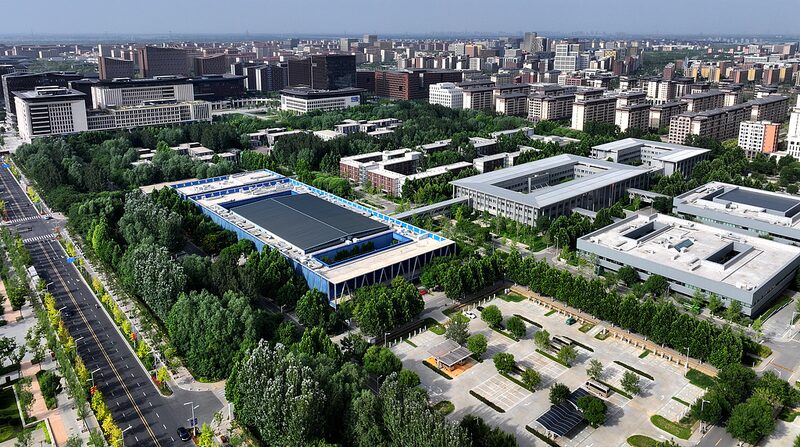Greenland’s landscapes are absorbing more methane gas than they emit, according to a groundbreaking study released by the University of Copenhagen. This finding sheds new light on the global efforts to combat climate change.
The study reveals that since 2000, the dry, ice-free regions of Greenland have been consuming over 65,000 tonnes of methane annually from the atmosphere. In contrast, only about 9,000 tonnes of methane are released each year from its wet areas. Methane, while the second-biggest contributor to global warming after carbon dioxide (CO2), is particularly potent, making this discovery significant.
“Our research indicates that Greenland’s unique environment plays a crucial role in mitigating methane levels globally,” stated the university’s research team. This could have implications for understanding natural methane sinks elsewhere and how they might be harnessed or preserved.
Methane is responsible for approximately 30 percent of the rise in average global temperatures since the industrial revolution, according to the United Nations. The findings offer a glimmer of hope and underscore the importance of natural landscapes in the fight against climate change.
For Asia, a region that is both heavily impacted by and contributes significantly to global methane emissions, understanding these natural processes is vital. As Asian nations continue to develop strategies to reduce greenhouse gas emissions, insights from Greenland’s methane absorption could inform policies and technologies aimed at enhancing natural methane sinks within the region.
The study, published in Nature Communications Earth & Environment, encourages further international research collaboration. Scientists and environmental policymakers in Asia and around the world may find valuable lessons in how Greenland’s ecosystems interact with greenhouse gases, potentially applying this knowledge to reduce atmospheric methane levels globally.
Reference(s):
cgtn.com







